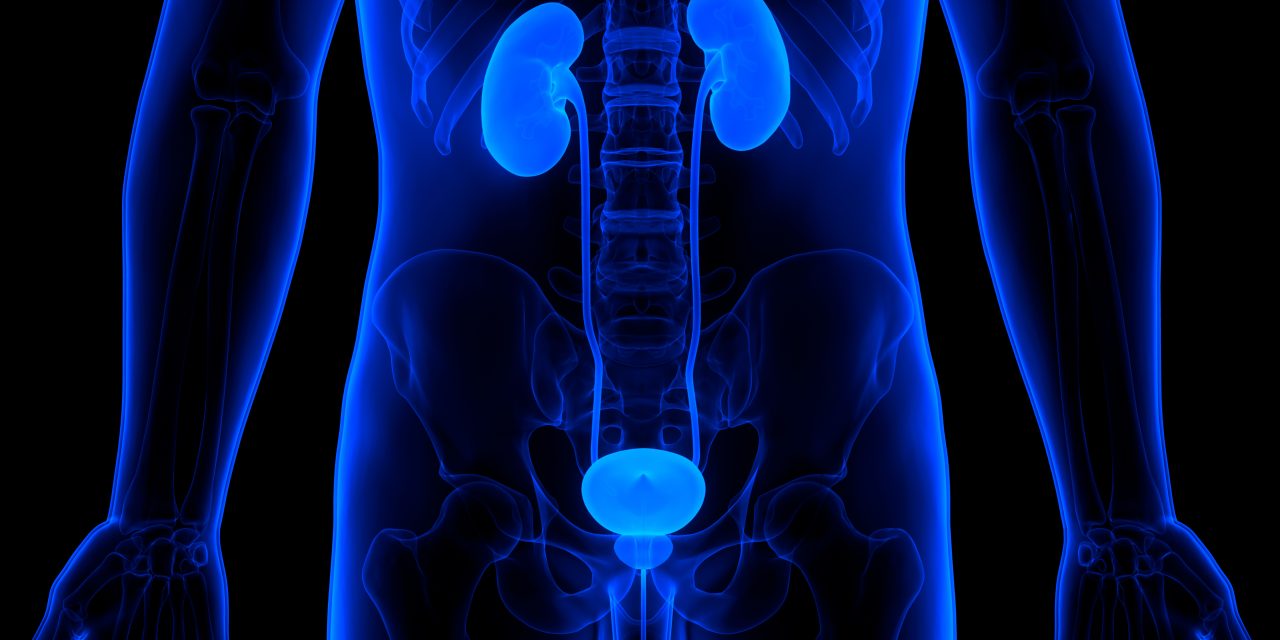The cause of benign prostatic hyperplasia (BPH) is controversial, local hypoxia and inflammation being the main two possibilities proposed. The aim of this study was to evaluate the relationship between obstructive sleep apnea (OSA) and BPH.
The study cohort comprised men from January 2016 to December 2020 in our Sleep Center. These patients were classified into four groups (no, mild, moderate, severe OSA) by apnea-hypopnea indexes (AHI). Logistic regression was used to identify independent risk factors for BPH, after which participants were stratified into younger (age ≤ 40 years) and older groups (age > 40 years) for further analysis.
The study cohort comprised 467 patients including 135 younger subjects and 332 older subjects. The prevalence of BPH in the above listed AHI categories was 37.5%, 55.0%, 62.9%, and 52.3%, respectively (p = 0.075). Logistic regression analysis of all patients identified age as a risk factor for BPH (p < 0.001). Stratified analysis according to AHI category found a prevalence of BPH of 0.0%, 13.0%, 33.3%, and 43.9%, respectively, in younger group (p = 0.006), and 52.2%, 71.9%, 71.1%, and 56.3%, respectively, in older group (p = 0.038). Logistic regression analysis found age and AHI were independent risk factors for BPH in younger group (both p < 0.05), whereas only age was identified as a risk factor for BPH in older group (p < 0.001).
Age is an independent risk factor for BPH in men with OSA. AHI is also an independent risk factor for BPH in younger men, suggesting that OSA may affect development of BPH in younger men.
© 2022. The Author(s), under exclusive licence to Springer Nature Switzerland AG.
Relationship between severity of obstructive sleep apnea and benign prostatic hyperplasia.


